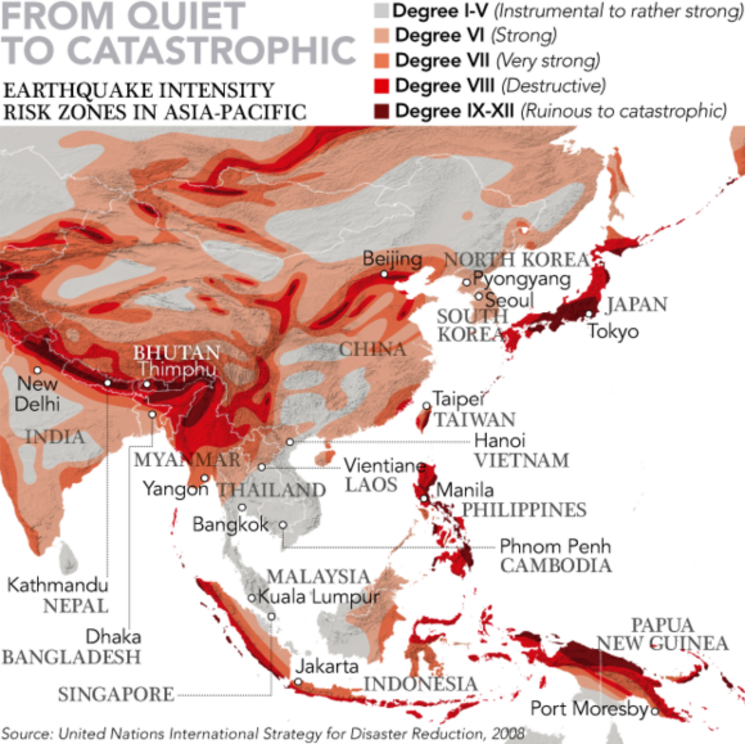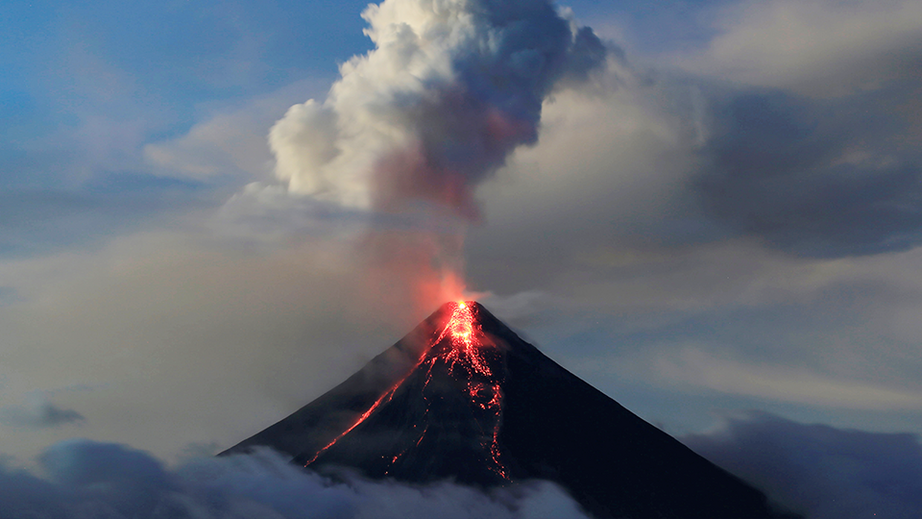Is the Ring of Fire becoming more active?
Recent eruptions prompt calls for better building standards and evacuation plans in Southeast Asia
BANGKOK/JAKARTA -- When Bali's Mount Agung started rumbling last September, authorities on the Indonesian resort island -- mindful of the destruction the 3,000-meter volcano had caused in 1963 -- began warning residents to evacuate. Tremors of varying intensity continued until Nov. 21, when it finally began to erupt, forcing as many as 140,000 people to seek refuge. More than four months later, it still hasn't stopped.
On Jan. 23, Mount Kusatsu-Shirane, about 150km northwest of Tokyo, astounded the Japan Meteorological Agency when it suddenly erupted 2km from one of 50 areas around the country kept under constant video surveillance. Falling debris killed a member of the Ground Self-Defense Force who was skiing nearby and injured five others.
At much the same time, Mount Mayon in the Philippines began spewing ash and lava, displacing more than 56,000 people.
Then, in mid-February, Mount Sinabung in Sumatra, Indonesia, blew spectacularly, sending billowing pillars of steam and superheated ash over 7km into the air. People fled, and schoolchildren ran home wailing.
Sinabung's eruption was followed in late February by a magnitude-7.5 earthquake in Papua New Guinea, its worst in a century. Earlier in the month, a magnitude-6.4 quake rocked Taiwan's Hualien County, tilting buildings and killing 17.

For the rest of this article please go to source link below.

